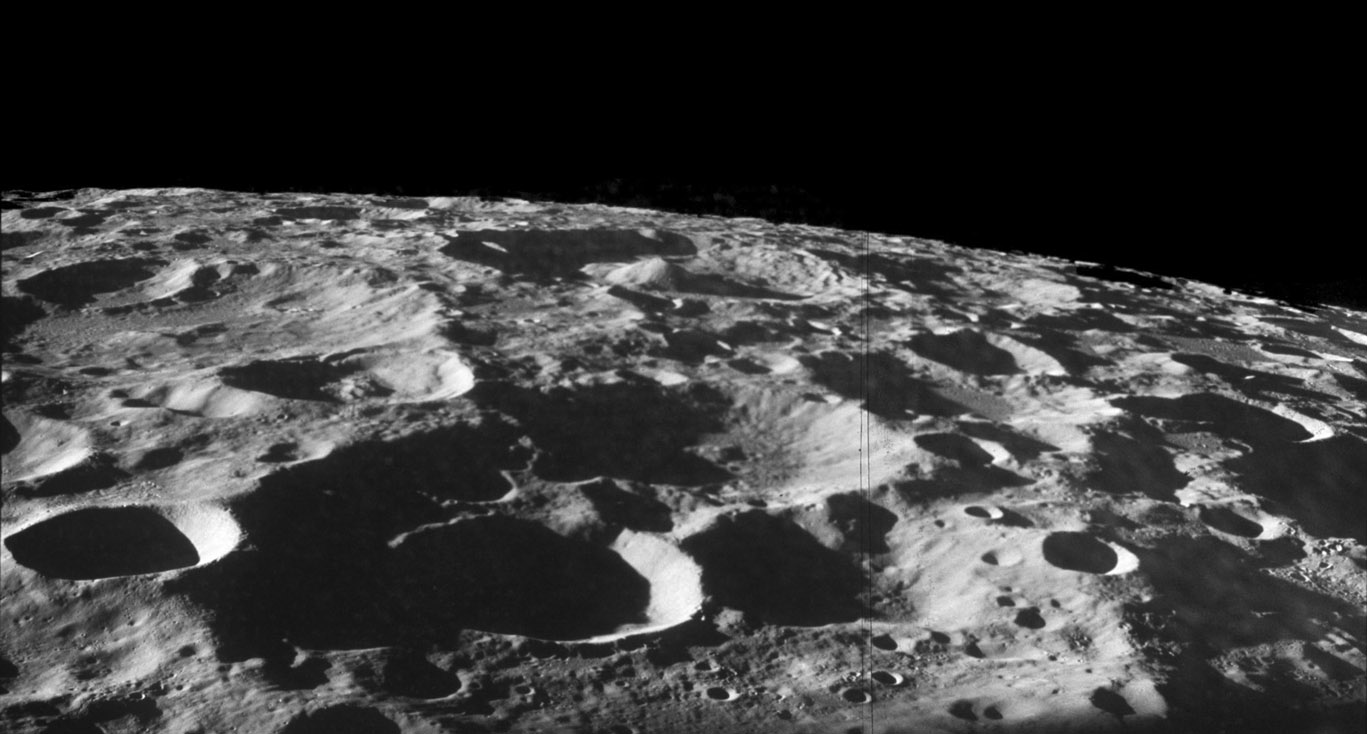Difference between revisions of "August 16, 2009"
| Line 2: | Line 2: | ||
=Big Bounce= | =Big Bounce= | ||
| − | + | <!-- ws:start:WikiTextHeadingRule:2:<h1> --> | |
<!-- ws:start:WikiTextLocalImageRule:8:<img src="/file/view/LPOD-Aug16-09.jpg/84369635/LPOD-Aug16-09.jpg" alt="" title="" style="width: 1000px;" /> -->[[File:LPOD-Aug16-09.jpg|LPOD-Aug16-09.jpg]]<!-- ws:end:WikiTextLocalImageRule:8 --><br /> | <!-- ws:start:WikiTextLocalImageRule:8:<img src="/file/view/LPOD-Aug16-09.jpg/84369635/LPOD-Aug16-09.jpg" alt="" title="" style="width: 1000px;" /> -->[[File:LPOD-Aug16-09.jpg|LPOD-Aug16-09.jpg]]<!-- ws:end:WikiTextLocalImageRule:8 --><br /> | ||
<em>Apollo 17 image from [http://www.lpi.usra.edu/resources/apollo/frame/?AS17-162-24106 LPI Apollo Image Atlas]</em><br /> | <em>Apollo 17 image from [http://www.lpi.usra.edu/resources/apollo/frame/?AS17-162-24106 LPI Apollo Image Atlas]</em><br /> | ||
| Line 14: | Line 14: | ||
<br /> | <br /> | ||
<hr /> | <hr /> | ||
| − | |||
| − | |||
| − | |||
| − | |||
Revision as of 23:48, 2 January 2015
Big Bounce

Apollo 17 image from LPI Apollo Image Atlas
When Apollo 11 orbited the Moon the astronauts noticed a strange sight - a nearly totally enshadowed crater with a broad central peak projecting out of the shadow. Later, the Apollo 17 astronauts took this photo showing the same crater, Icarus, under higher, but still dramatic lighting. According to shadow measurements by Jim Mosher, Icarus is about 4.6 km deep and the central peak is at least 4.1 km high. So although it seems that the peak does not rise above the rim, it definitely is much higher than the elevation of the surrounding terrain. Studies of terrestrial impact craters reveal that central peaks are made of rocks that have rebounded hundreds of meters above their original position below the crater floor, but they don't rise above the pre-impact surface. Dione and some other icy moons of Jupiter and Saturn also have large, tall central peaks, suggesting that the magnitude of the rebound is related to the strength of the target rocks. Perhaps Icarus impacted a region which was warm and better able to flow during impact?
Chuck Wood
Technical Details
Apollo image AS17-162-24106



